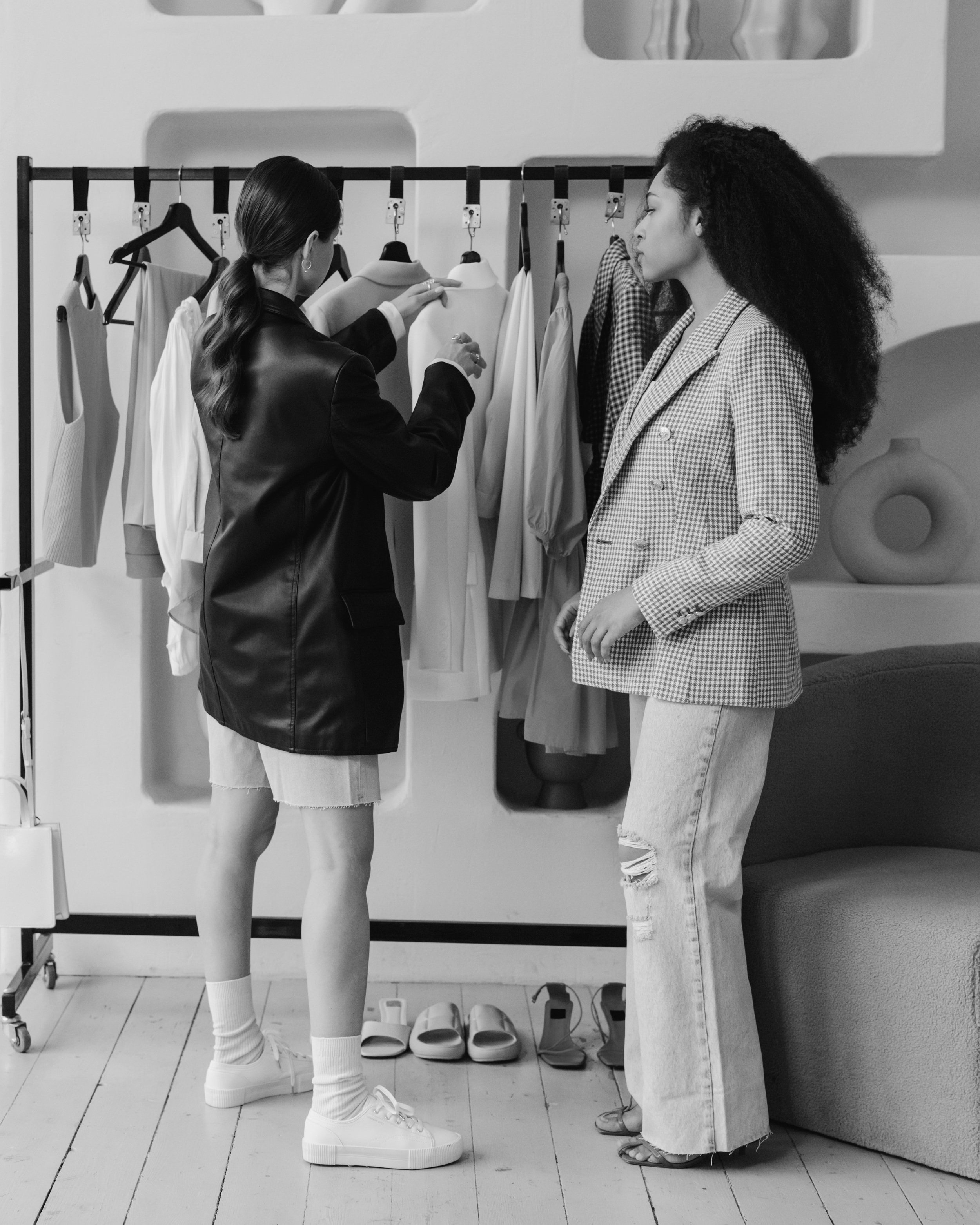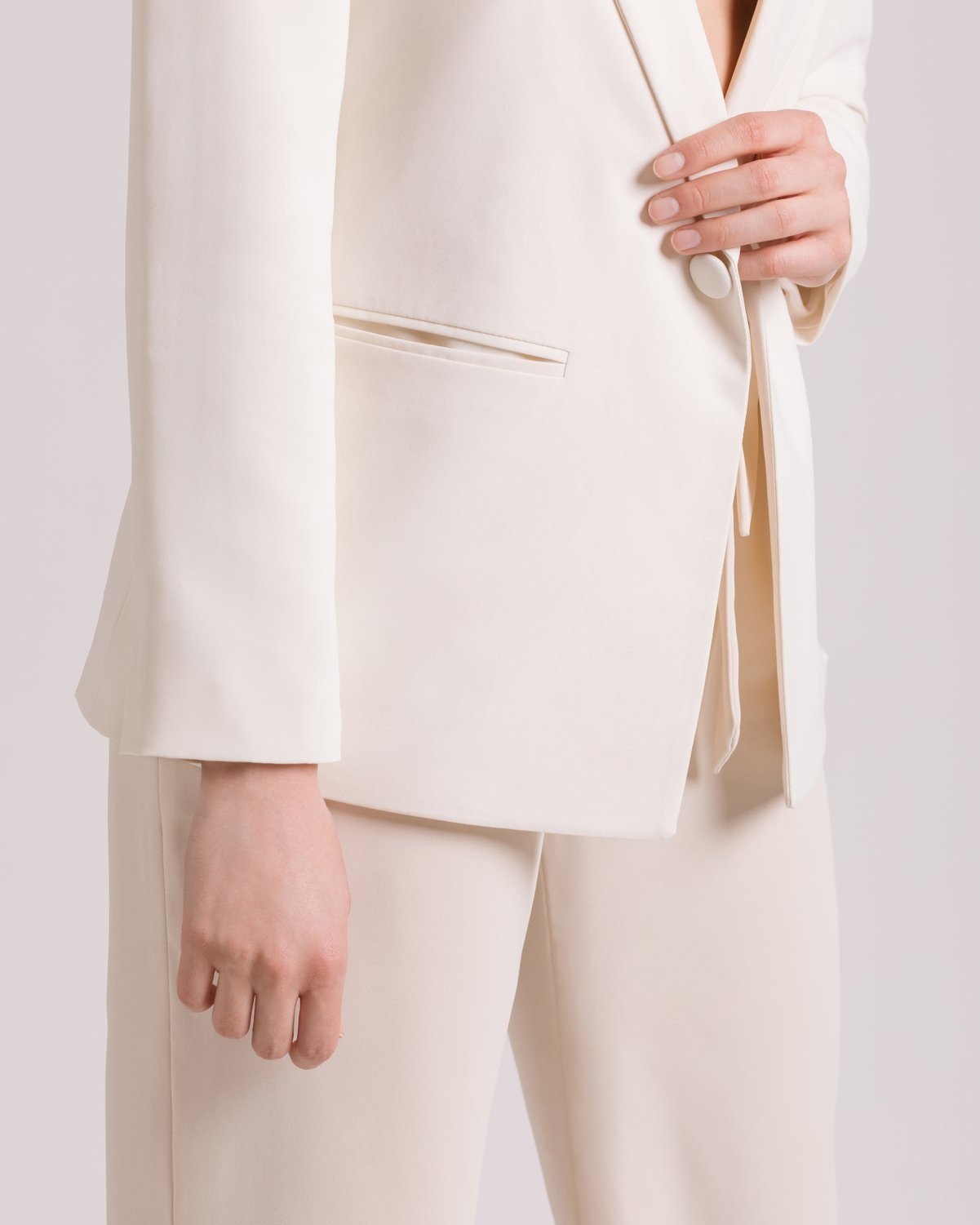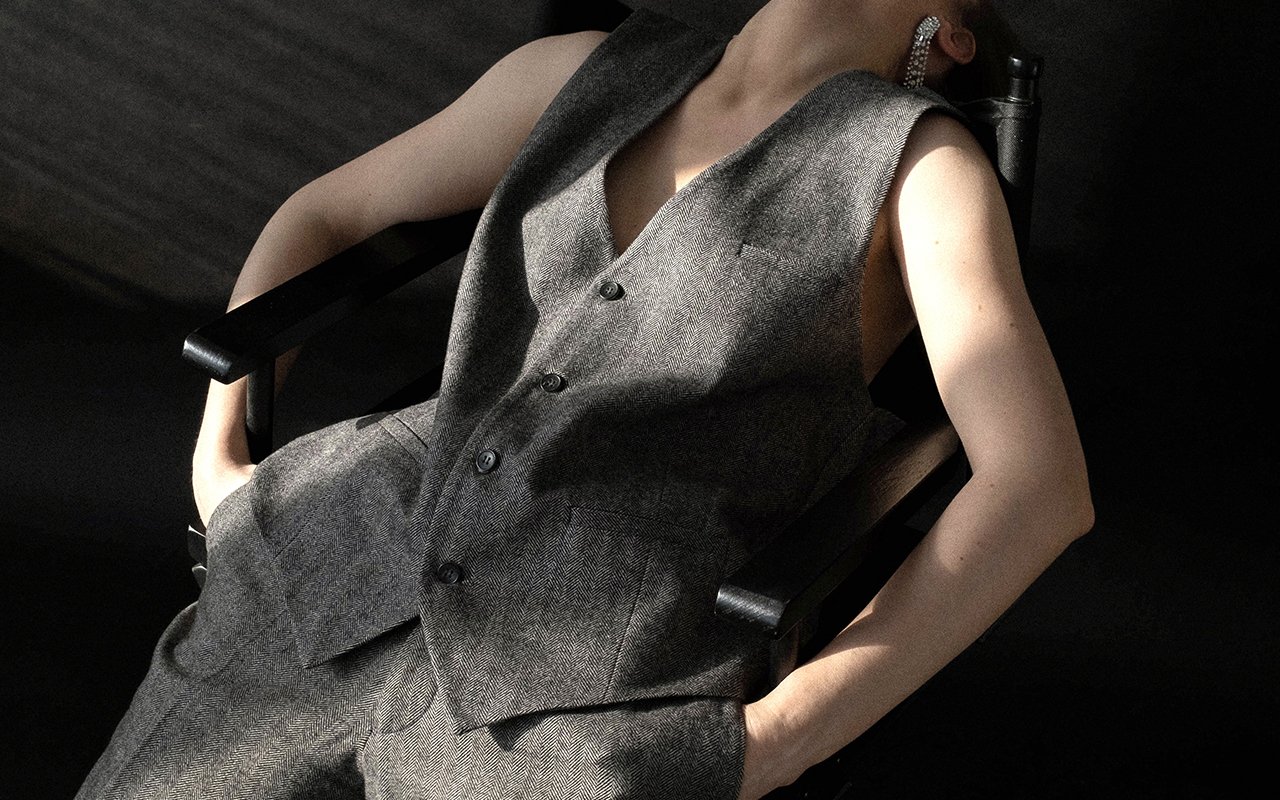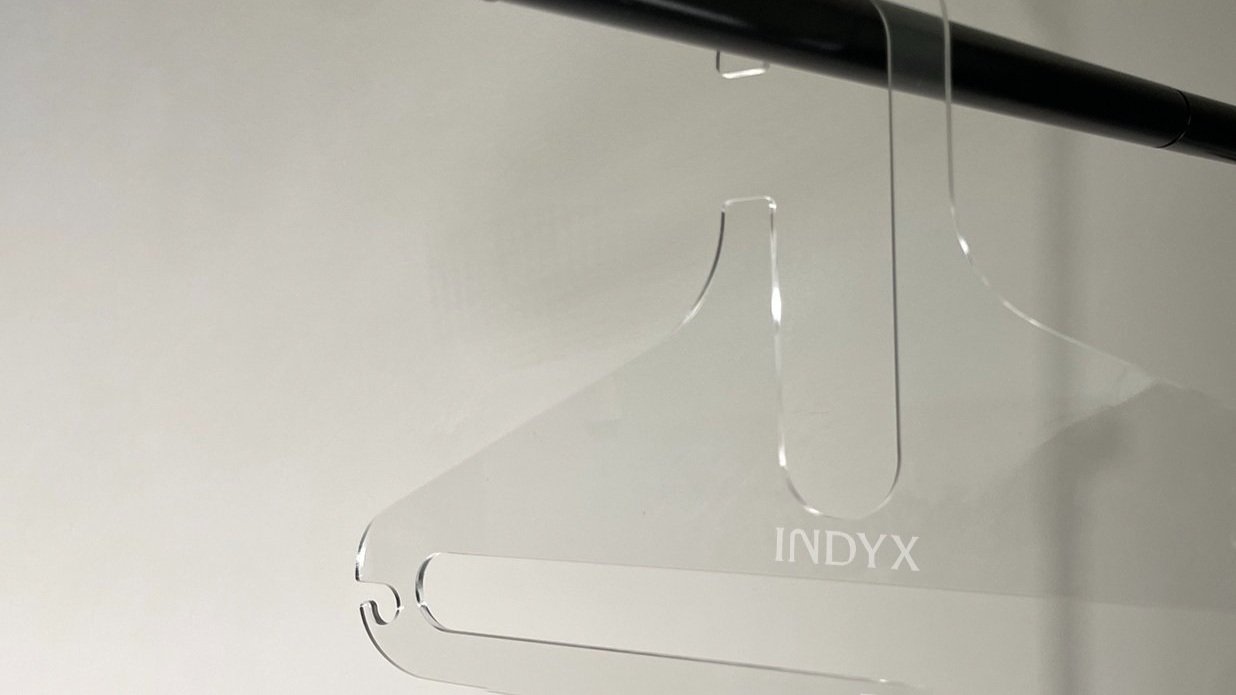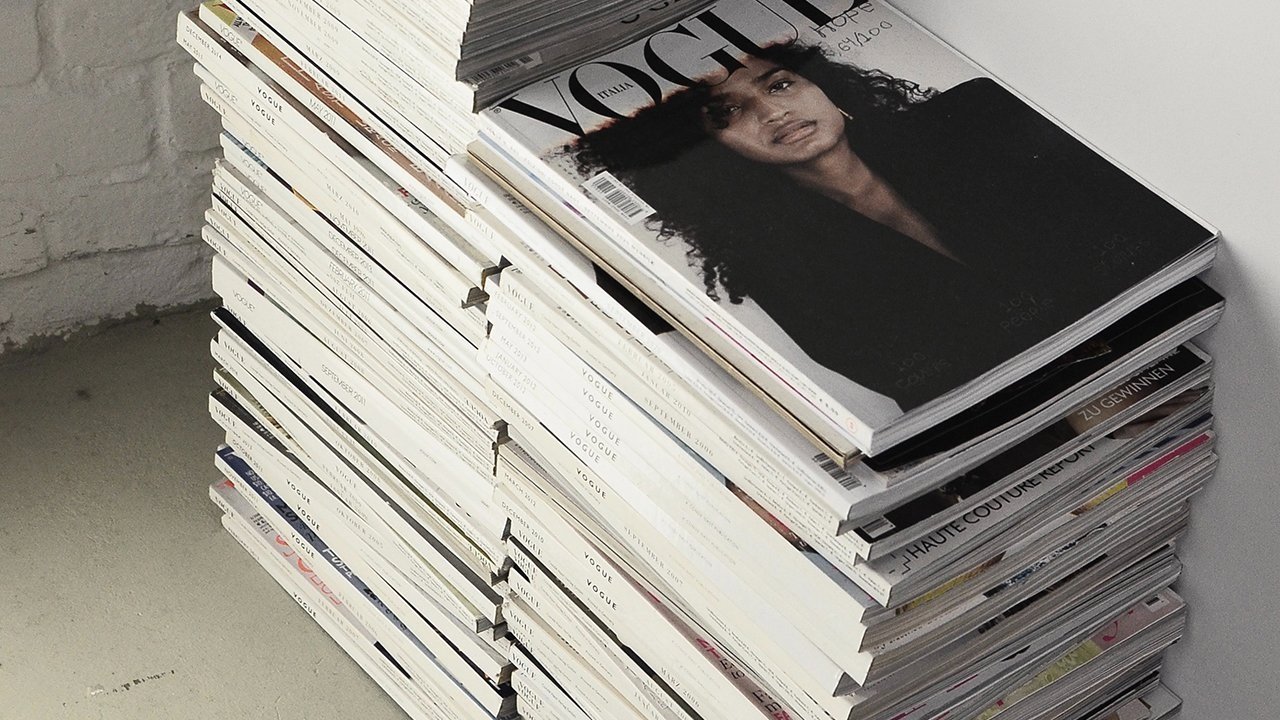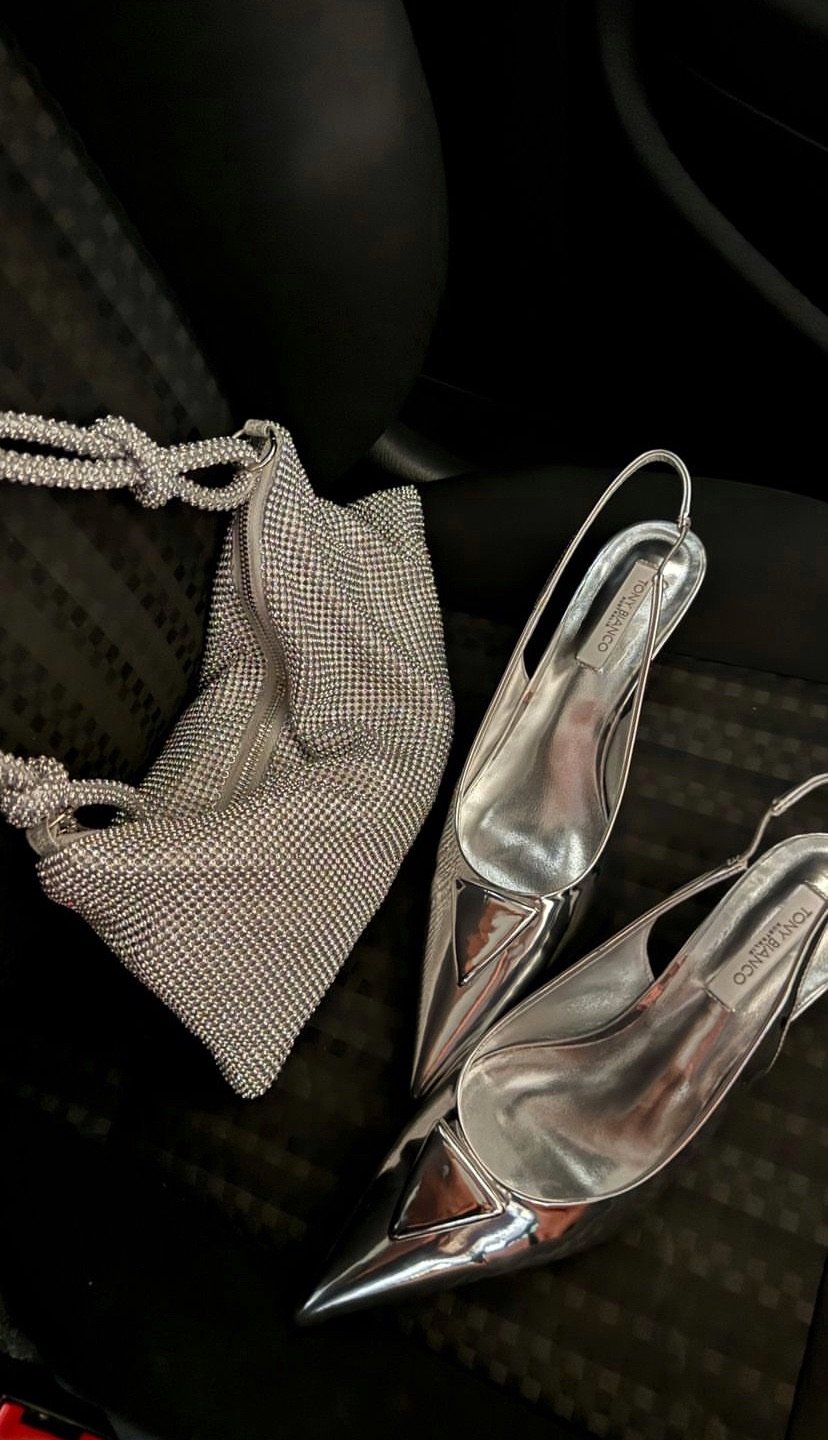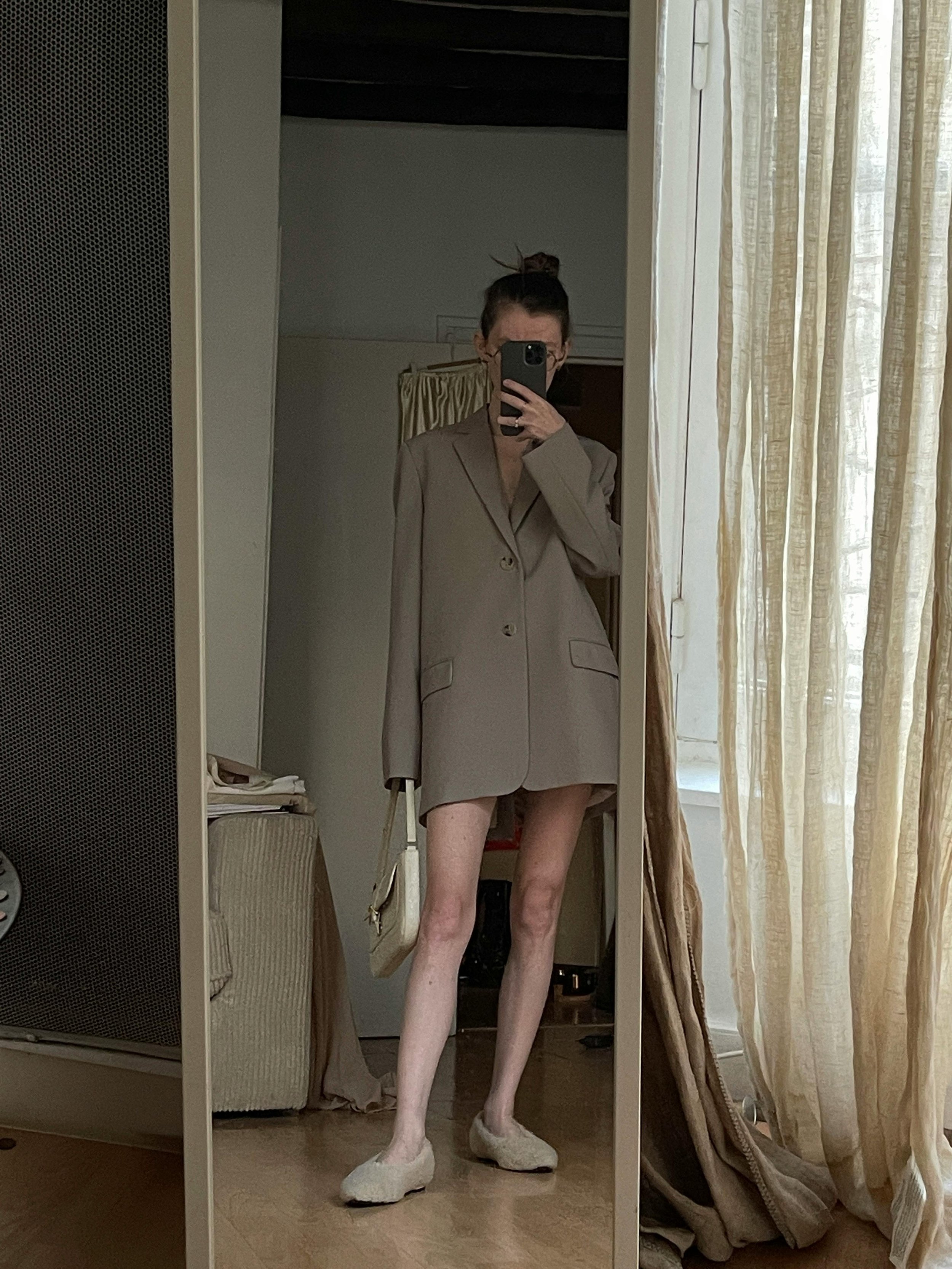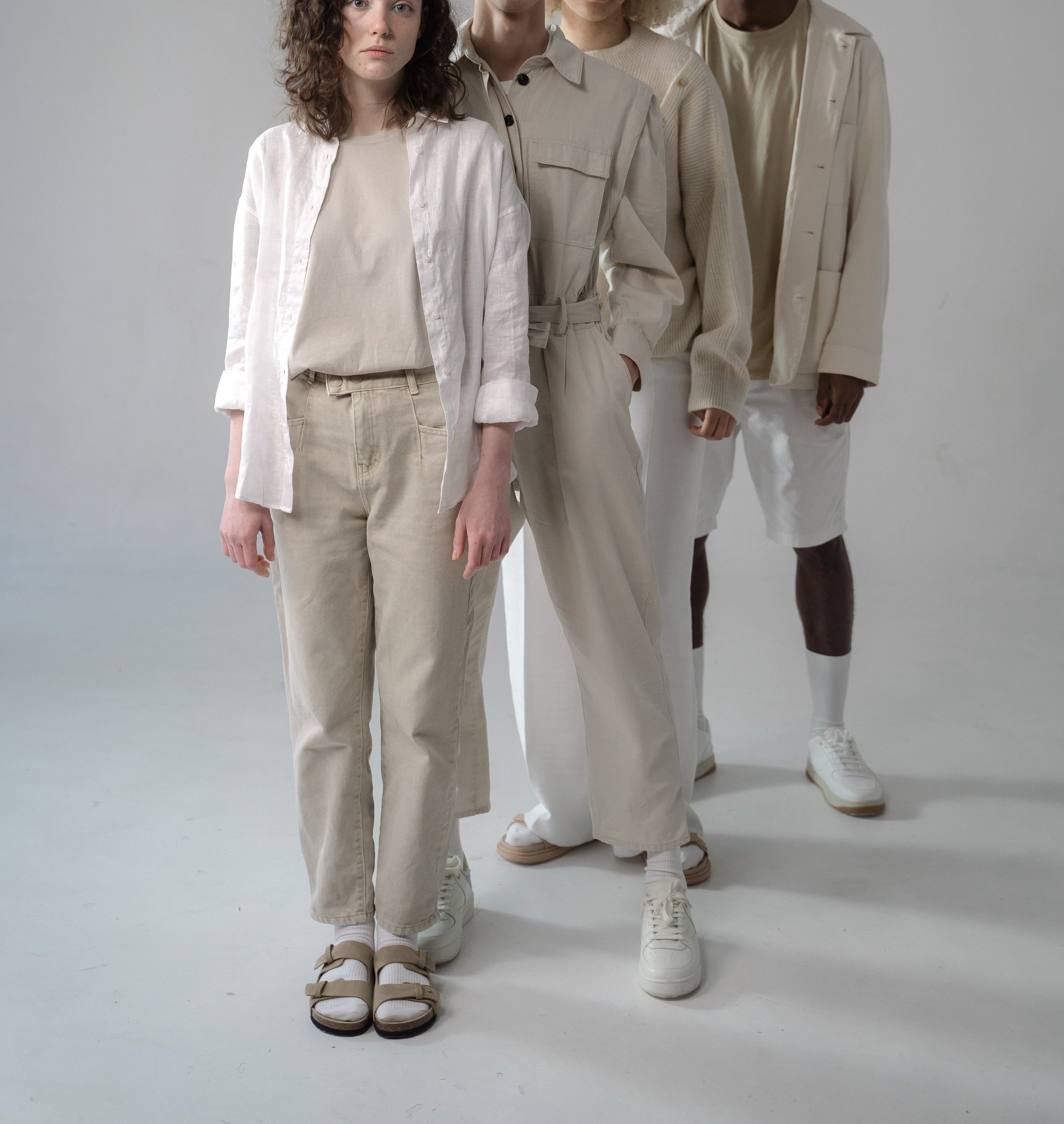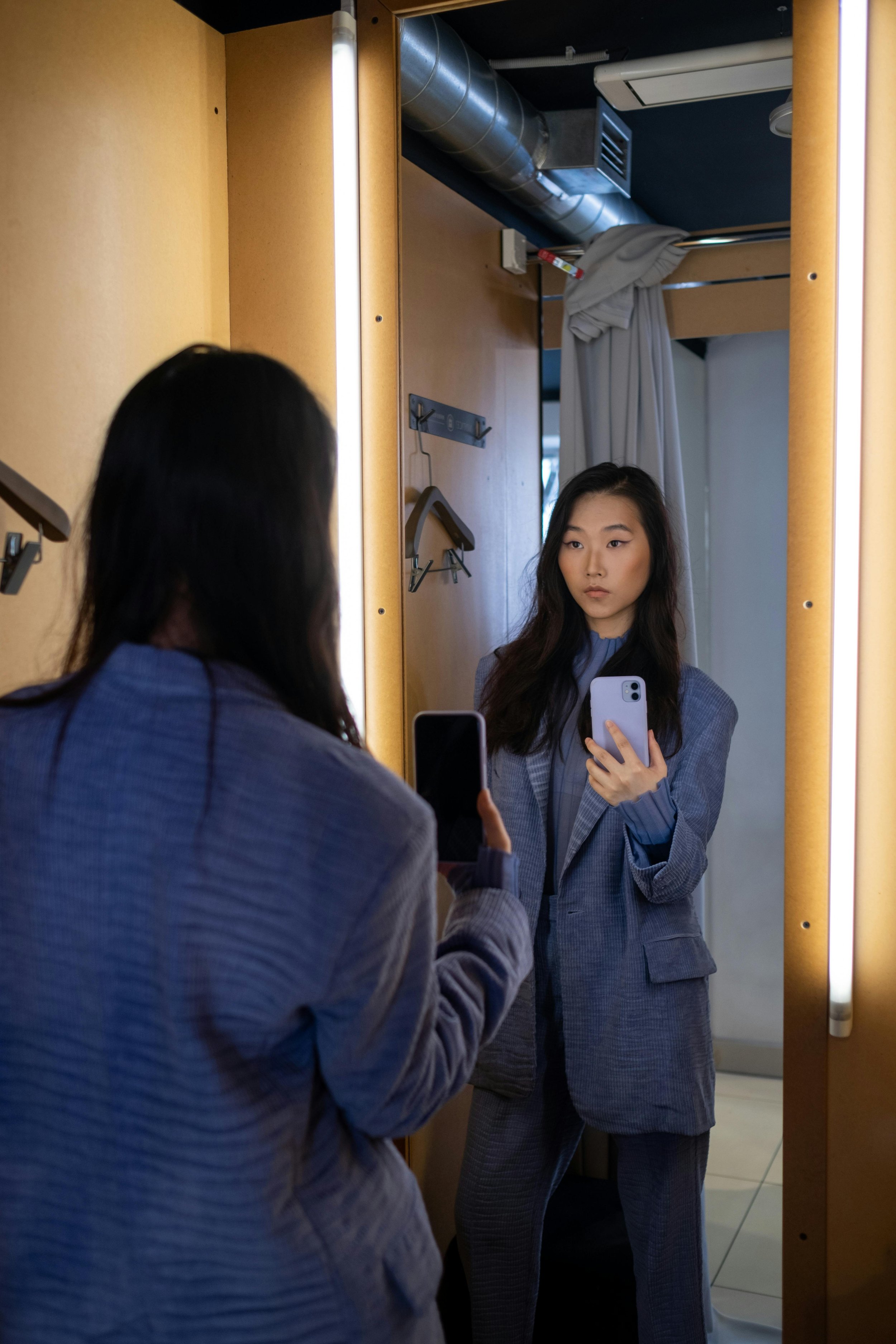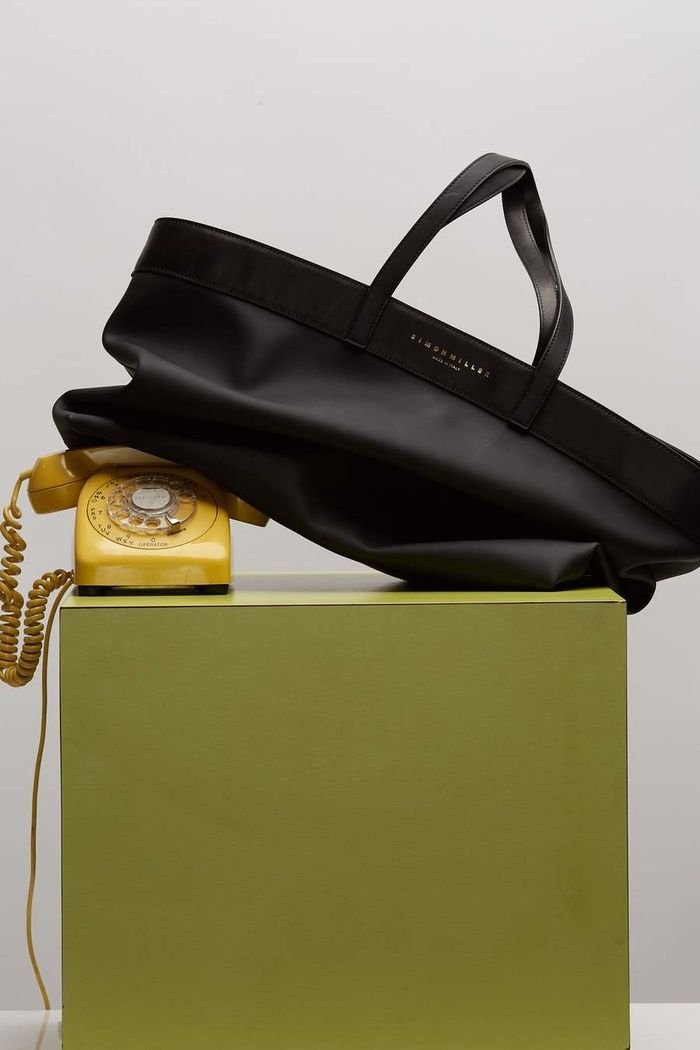You Don’t Actually Want an AI Stylist (Yet)
Who would have predicted that AI would be THE buzzword of 2023?
Well, I’m sure *someone* did, but most of us were blissfully unaware of the impending AI-takeover until Open AI dropped ChatGPT, a (for now) free AI chatbot that shocked the world with its fluency and adaptability. And, suddenly, AI was the belle of the ball; the girl everyone wanted to dance with.
In 2022, investors put $4.5 billion into generative AI deals. We’re only halfway through 2023, and VCs have already plunked down $15.5 billion, on track to nearly 7x the enthusiasm of the prior year.
What only recently felt like a far-away fantasy suddenly felt very real. We all started asking: if ChatGPT is *this* good, why don’t I have an AI-assistant for every area of my life?
For fashionistas and the fashion-challenged alike, the idea of an AI personal stylist to pick out your outfits is a super appealing idea. Getting dressed can be an overwhelming and confusing process - one that we all have to tackle every single day! An AI stylist app would finally achieve the dream planted in our minds the moment we all saw Cher Horowitz’s iconic digital closet in Clueless nearly 30 years ago.
Our honest reaction? Derek (@dieworkwear) pretty much sums it up:
Look, it’s clear that AI technology will massively impact our culture and - at some point - force disruption in every industry. But the truth is that AI styling just isn’t there yet. Let me explain why - and, what would allow us to get there in the future.
How AI Stylist Apps (Currently) Work
There are a few apps out there that already tout themselves to have already cracked the “AI Stylist” nut, including Cladwell, StyleDNA, and ACloset. All, in my opinion, to disappointing results.
They all seem to work in a similar way: first, they tag your items within some basic parameters. Think category and color. Because they like to think of themselves as super slick tech, typically those tags are generated automatically from the photo you upload. We already have a problem in that the accuracy of those tags is wildly inconsistent… but, let’s put that aside for now.
Then, the AI is trained to identify patterns in “what goes with what” and translates those patterns to outfit recommendations from your closet using only those basic tags. But here’s the thing about AI: its output is only ever as good as its input.
ChatGPT - with which Cladwell proudly highlights their integration - trained its model on basically whole written internet. On one hand, you might say “oh wow! the whole internet!”. But on the other hand, you might say “oh god, the whole internet”.
In simple terms, it synthesizes every bad Wordpress stylist blog to ever exist and spits back the most bland, prescriptive, one-size-fits-all advice possible. It then translates that bland advice back onto your own items using the (often incorrect) tags to create outfits.
The problem with this is that style is fundamentally a visual medium. It’s impossible to distill all the nuance about why some outfits are great and others are awful into words alone. So trying to use written input - especially those derived primarily from aspiring fashion bloggers - to style compelling outfits is an entirely flawed premise.
Emma Grillo of the New York Times put a ChatGPT stylist to the test, writing:
To start, I asked: What should I wear to my office job? The answers, at first, were vague. For an office job, women should wear “a dress, a blouse with dress pants or a skirt” and “modest and comfortable shoes,” and men should wear “a suit and tie or dress pants and a dress shirt with a jacket.”
The more specific my questions were, the more specific the chatbot’s answers were. I asked it to plan an outfit for me, a 28-year-old woman who works at a news organization, to wear to the office.
The chatbot came up with tailored black dress pants, a white button-up blouse, a black blazer and a pair of black closed-toe pumps. That same day, I was sitting in my office wearing a band T-shirt, a long silk skirt and leather clogs.
When I asked about the outfit I actually wore to work, ChatGPT pushed back. A band T-shirt, it informed me, was not appropriate to wear to work because it “may send the wrong message about your professionalism.” Noted.
To state the obvious, for 99.9% of us the suggestion of wearing “black dress pants, a white button up, a black blazer, and black pumps” to work is not an earth-shattering insight. If anything, it’s actively vapid and uninspiring: the opposite of what the dream of an AI fashion stylist is meant to deliver.
Then there is the non-trivial issue of applying this text-based suggestion to the items you’ve painstakingly uploaded into a digital wardrobe, depending entirely on those all-important tags as the translator between verbal and visual. This process appears…shoddy at best, resulting in some real head-scratching outfits. I uploaded some of my own items to one of these apps (many more than the minimum required to start generating outfits) and this is what I got back:
Outfits an AI-Stylist App Created For Me
Sure…an all-black outfit. I see how it got here. I could have gotten there on my own, too.
Monochromatic looks definitely seem to be the AI’s comfort zone. I do kind of like this one although I’m not sure AT ALL where exactly I’m wearing it. It’s an outfit without a destination.
It’s not everyone’s cup of tea, but I’ll give credit where it’s due that I think this one slaps. It’s a cool idea.
But, it’s definitely giving “we randomly shuffled a top, bottom, shoes, and bag”. Even a broken clock is right twice a day, you know? I’d still need to try it on and probably swap a few things out myself before feeling confident wearing it out.
This is where it really starts to go off the rails. I love to stay constantly vigilant against a nip slip at work /s.
I also don’t see any thought behind the color pairings (because, of course there isn’t any…this was put together by a poorly trained robot!).
Did I miss the memo that we’re all wearing our blazers without tops now?!
I think black and brown can work together in some instances, but not this one.
And apparently I’m also going barefoot today.
??? We’re topless AND bottomless! Now that’s a real look.
It reminds me of when my favorite “dress up” ensemble was simply a sheer tutu skirt, a long beaded necklace, and a pair of tiny pink heels (I was three).
And so, if you are in fact someone who needs to be told to wear black pants and a white button down to work then existing AI stylist apps could work for you. Unless, of course, you are also someone who will take its pants-less suggestions at its word!
It might also suit your needs if all you’re looking for is a semi-random “shuffle” that happens to give you a new idea every once in a while. A tiny seed of inspiration, but one that you still need to do the heavy-lifting of filtering, testing, and adapting yourself.
But if you’re expecting anything more dependable or creative then I have to tell you that you don’t really want an AI fashion stylist - at least, not yet.
Well, What’s The Alternative to AI Styling?
Allow me to re-introduce you to human styling. This is what we do here at Indyx: accessible expert styling, all rooted in what you already own (and made possible by your digital wardrobe).
Hopefully I’ve convinced you by now computers are just not currently equipped to be a good personal stylist. Even a *moderately* stylish person can put together better outfits than an AI stylist in its current form, so just imagine what a professional stylist who lives and breathes style every day can do.
In contrast to my AI-styled outfits, here are just a few of the great human-styled outfits I’ve recently received through my Feed subscription. *So* much better, right?
And at the end of the day…don’t we all just really want another human being to validate us? Even if a computer *could* recommend a decent outfit, would that really be as satisfying? If you’re not already confident in your sense of style I’d bet you’d still be left second guessing. There is art and humanity in styling - our clients refer to their stylists by name and confide in them their insecurities. It’s all about connection, mutual support, and validation.
Finally, why replace a human with a computer when there are *so* many talented people out there who earnestly want to be your stylist? Every time we put out a job listing for a stylist role, we get hundreds of more-than-qualified applicants within hours. Not only is there great fulfillment for clients in working with a stylist, there is also creative fulfillment in being a stylist. AI automation is great for rote tasks that nobody particularly enjoys doing - but styling certainly isn’t one of them.
Discover what a personal stylist can do for you and your wardrobe (hint: a lot!). And, learn about how Indyx does things differently.
Bigger picture, personal style is a highly emotional and creative endeavor. Sure, there is some segment of people who just want to be told what to wear. They want to achieve a certain perception, and their outfit is just a tool to achieve that perception.
But most of us want to use style for something larger: as an outlet for our creativity and self-expression. And so the only way to truly improve our personal style is to develop deeper self-understanding and a style toolbox to translate that internal understanding onto our external clothing. This requires deep human insight and creativity, and is a process that AI simply can’t replicate. Similar to how you don’t really want your kid using ChatGPT to write their critical essays because you’re worried they’ll never learn to think for themselves, leaning entirely on an AI stylist for outfitting will only impede you in the long-term.
And, What’s The Future of AI Styling?
To be super clear: we aren’t staunchly anti-AI styling. It would be counterproductive for us to bury our heads in the sand and insist that it will never be relevant. We only believe that it needs to be built on the right foundation (and that there will always be a role for a human-in-the-loop).
Large language models like ChatGPT are simply the wrong foundation. Style is a visual medium, and so the right training data for a stylist AI is also necessarily visual. The good news? Indyx is building exactly the right dataset for this.
Over time, we will build millions of data points - meaning, actual outfits and all their component items - well-styled by professionals and connected to other meaningful variables like a user’s location, age, style, and critically…whether they actually liked and wore that outfit or not! This is a hugely valuable dataset that frankly nobody else is well positioned to build and is much more likely to train a capable AI fashion stylist than building it on top of all the worst style advice from the dark corners of the internet.
So, while you may not have an AI personal stylist yet, I’d argue that Indyx is your best hope to have a good one in the future. And in the meantime, we have a damn good alternative.
Ready to get started?
Explore our human-powered styling services, starting at just $15.
The Indyx app is available for free on both iOS and Android.
Devon is a co-founder of Indyx and currently leads Growth for the company from San Francisco. She enjoys admiring other people’s gardens and sleeping in with her French Bulldog, Reggie.














